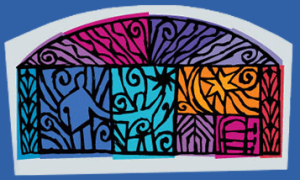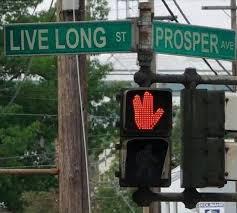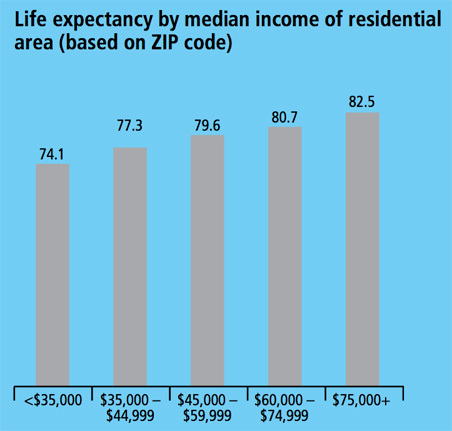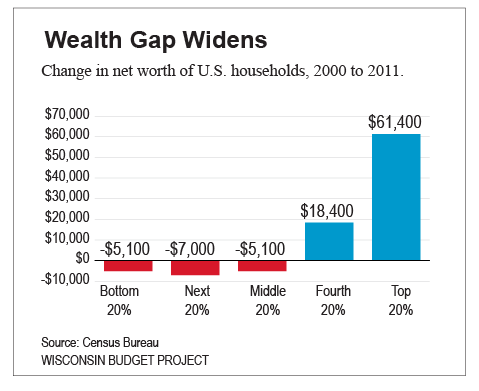Marijuana Policy: PSA from the Institute of Medicine
I recently wrote about the Institute of Medicine’s report on Dying in America for the JAMA News Forum. A colleague who read the post pointed me to a PSA that the Institute of Medicine (IOM) subsequently published on having the conversation with family and friends about our end-of-life wishes.
At the time, the my computer was not cooperating, so I remembered yesterday that I still needed to view it. I went to the website and found the video. Here is the link: It’s Time to Have the Conversation. It’s quite good and should be shared widely.
But it was the video that automatically popped up after the PSA ended that I found especially intriguing. It was a half-hour IOM video on marijuana policy in the U.S. that provides historical and contemporary views. It’s a fascinating account of how we got to criminalizing marijuana–to the tune of billions of dollars in enforcement costs and untold human costs, particularly for those who were sent to prison for smoking a joint. In one image, the video shows the huge death toll from smoking tobacco and using alcohol, compared with zero deaths from marijuana.
The “zero deaths” led me to want more detail on how the deaths for each were calculated, since I imagine that marijuana could be a factor in, for example, a deadly car accident when the driver is a first-time marijuana user. (Years ago, I read a study about the impact of marijuana on driving. It concluded that the danger was in first-time users and that experienced users actually were more cautious in their driving.) However, the video is important because of its straightforward, evidence based presentation and because it’s by the IOM.
The video should be used as a teaching tool for students of policymaking and those who want to understand how the U.S. developed a war on a drug that is probably safer than many of the medications that one can obtain with a prescription (and some that are available over the counter–too many aspirins or tylenol can kill you).
I applaud the IOM for moving beyond what the evidence says on topics and trying to improve how the major messages are disseminated and acted upon. That said, I’m waiting for a member of Congress to discover this video and call for defunding the IOM. Evidence doesn’t seem to matter much in the halls of Congress. Maybe they should smoke a joint.
[embed]https://www.youtube.com/watch?feature=player_embedded&v=wZoWHzk2fCU[/embed] I recently wrote about the Institute of Medicine's








